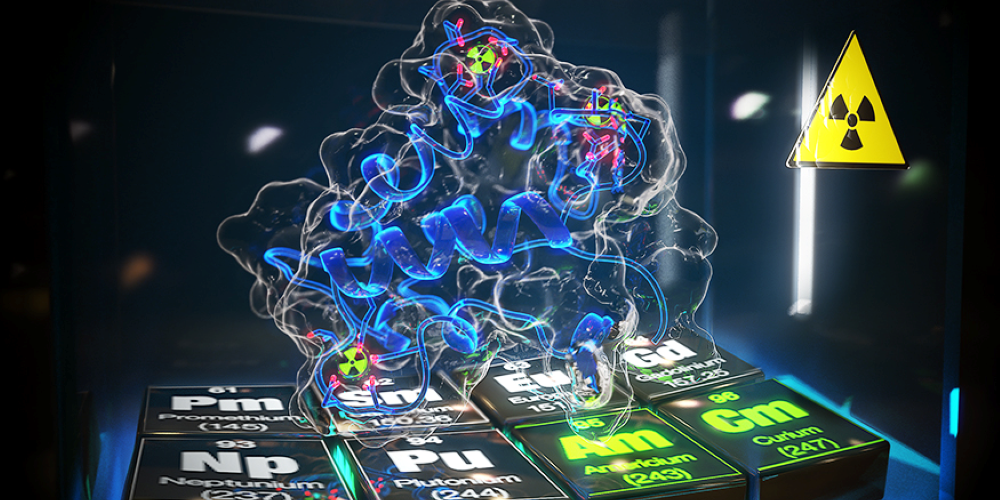Past and present nuclear activities (energy, research, and weapon tests) have increased the need to understand the behavior of radioactive materials in the environment.
Nuclear wastes containing actinides (such as plutonium, americium, curium, and neptunium) are particularly problematic as they remain radioactive and toxic for thousands of years.
However, when compared to more classic contaminants, little is known about the speciation (i.e., the chemical form) of these elements in the environment. Since environmental samples are really complex, scientists typically study actinide environmental chemistry using simple models, like small organic binding agents and inorganic ions.
Lawrence Livermore National Laboratory (LLNL) scientists and collaborators at Penn State University have found that natural proteins, called lanmodulins (LanM), render certain actinides more soluble under environmental conditions, hence making those radioactive elements more prone to migrate from their initial location. The research appears in the journal Environmental Science & Technology with a cover highlight pending.


